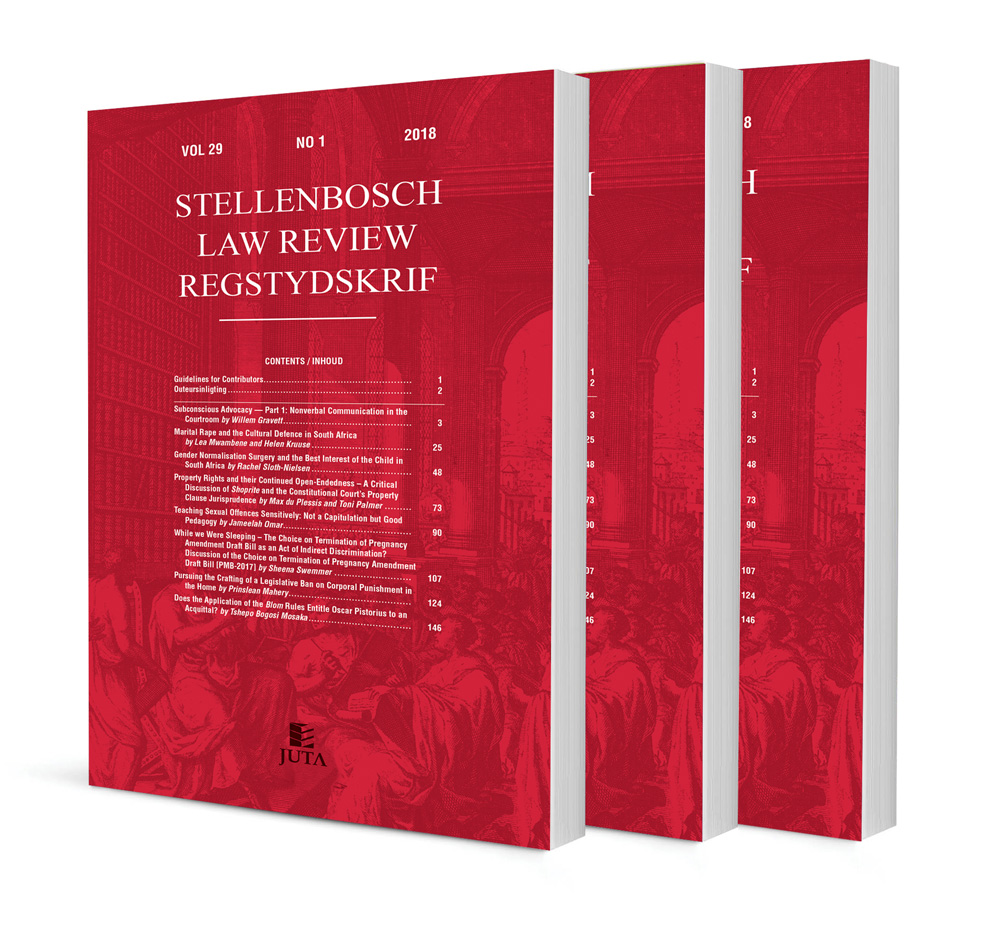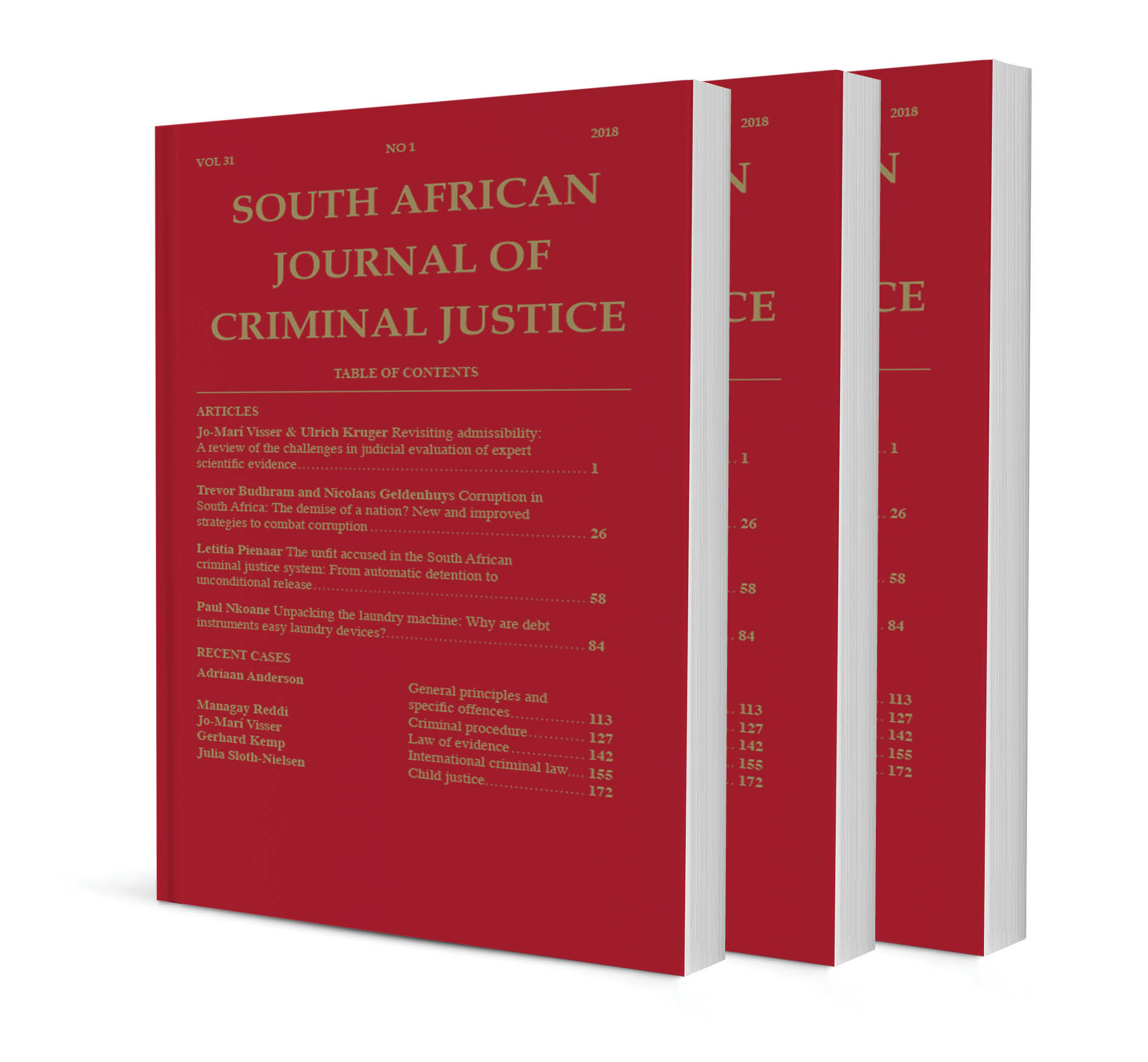The Considerations of Culture in the Sustainability of Biodiversity in South Africa: A Legal Standpoint

The Considerations of Culture in the Sustainability of Biodiversity in South Africa: A Legal Standpoint
Author Ifeoma Laura Owosuyi
ISSN: 1996-2193
Affiliations: LLB LLM LLD, Post-doctoral research fellow, North-West University
Source: Stellenbosch Law Review, Volume 30 Issue 2, 2019, p. 250 – 280
Abstract
The need to address sustainable development issues in a holistic manner has received international and domestic attention since the adoption of the United Nations Sustainable Development Goals (“SDGs”). Although none of the 17 SDGs focus exclusively on cultural matters, the resulting agenda 2030, makes explicit references to culturally relevant elements of development as crucial enablers of sustainable development. For example, Goal 4: target 7 relates to the appreciation of cultural diversity, and Goal 11: target 4 highlights the need to strengthen efforts to protect and safeguard the world’s cultural and natural heritage. Efforts at protecting natural heritage are implicitly linked to cultural considerations. This study explores the relative connection between cultural issues and biodiversity as a component of the natural environment.
At the domestic level, South Africa’s commitment to sustainable development is constitutionally recognised and transcends environmental interests to economic and social ones. It is argued that a holistic approach to sustainable development in South Africa can be stretched further to accommodate cultural interests because culture, the environment, the economy and social issues are interdependent. The focus of this article is on exploring the existing connections between cultural interests and biological diversity from a legal perspective. The relevance of culture to the sustainability of biodiversity is predicated upon the nexus between human communities and the environment to the extent that biodiversity provides the natural resource base which acts as the critical ecosystem service fundamental for economic and social development. This article concludes that accommodating and integrating cultural-related considerations into the existing legal framework for the conservation, management, and protection of biodiversity is relevant to the pursuance of biodiversity sustainability and the advancement of sustainable development in South Africa.
